Here are two things that are still taking place normally in this extraordinary time of pandemics and social distancing:
- Kids still need new activities and learning opportunities to stay happy and engaged, and
- Scientists still need new data collected to continue their research.
Why not combine these two needs for the benefit of kids AND science!? All from your own home or a visit to a nearby park or open space.
April is Citizen Science Month and none of us will have experienced an April quite like this one. Regardless of what’s happening in the news and at home, the natural world outside is continuing as normal. Spring flowers are emerging, bugs and other wildlife are waking up, and the stars and moon still appear every night. And scientists need help from as many people as possible to observe and report data on all sorts of interesting phenomena. Check out some opportunities below to have your students or your own kids become real scientists and contribute to real science research. It’ll help them and the science community at large!
A few of our own National Geographic Learning programs include Citizen Science Projects and ideas for elementary and high school students. See below for links to free lessons taken from Exploring Science for grades K-5 and Environmental Science: Sustaining Your World for high school that students can work on now.
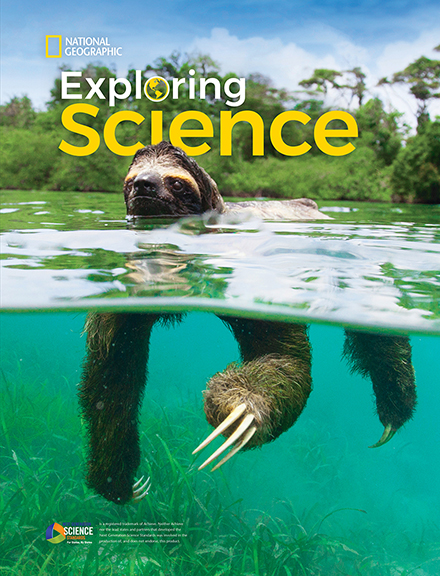
Project BudBurst Student Pages
(excerpt from Grade 1 Exploring Science)
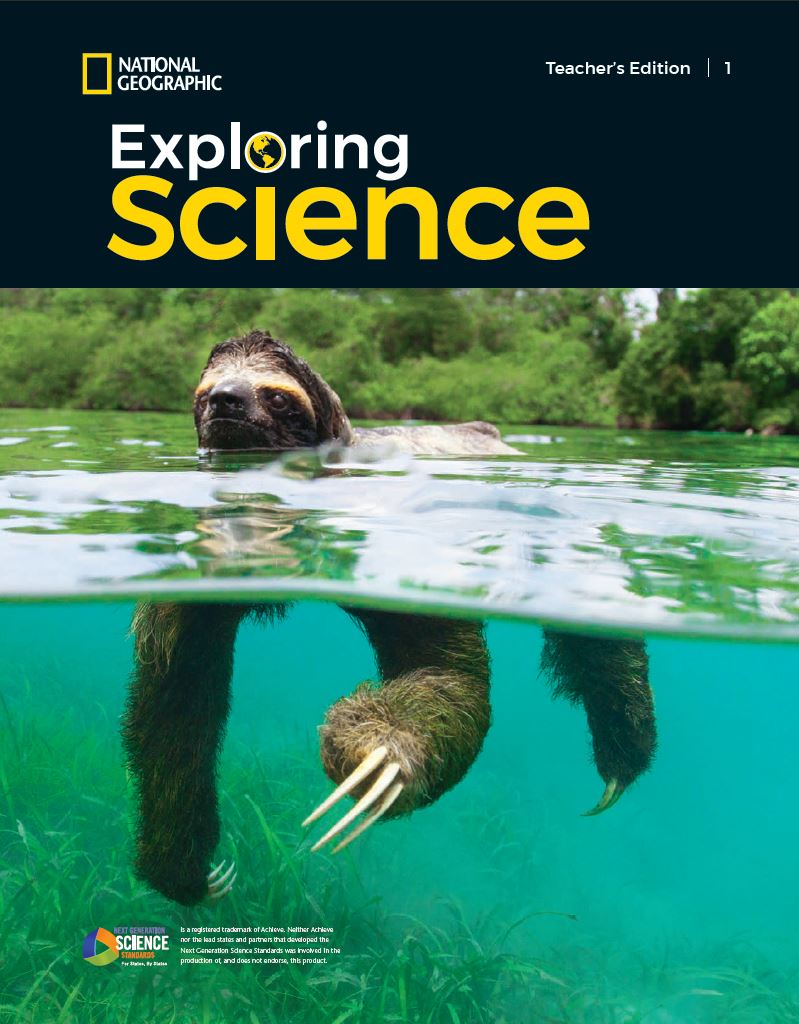
Project BudBurst Teacher's Edition Pages
(excerpt from Grade 1 Exploring Science)
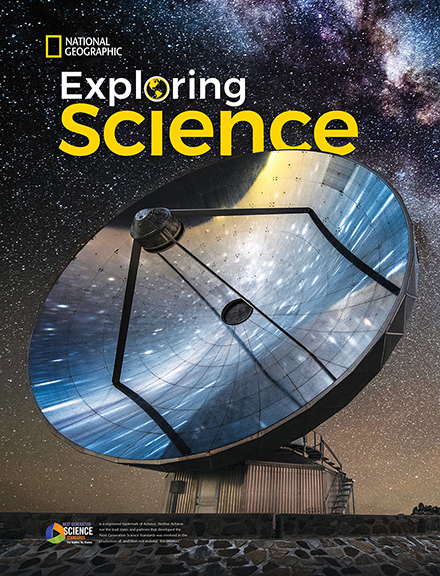
Track Bird Life Student Pages
(excerpt from Grade 4 Exploring Science)
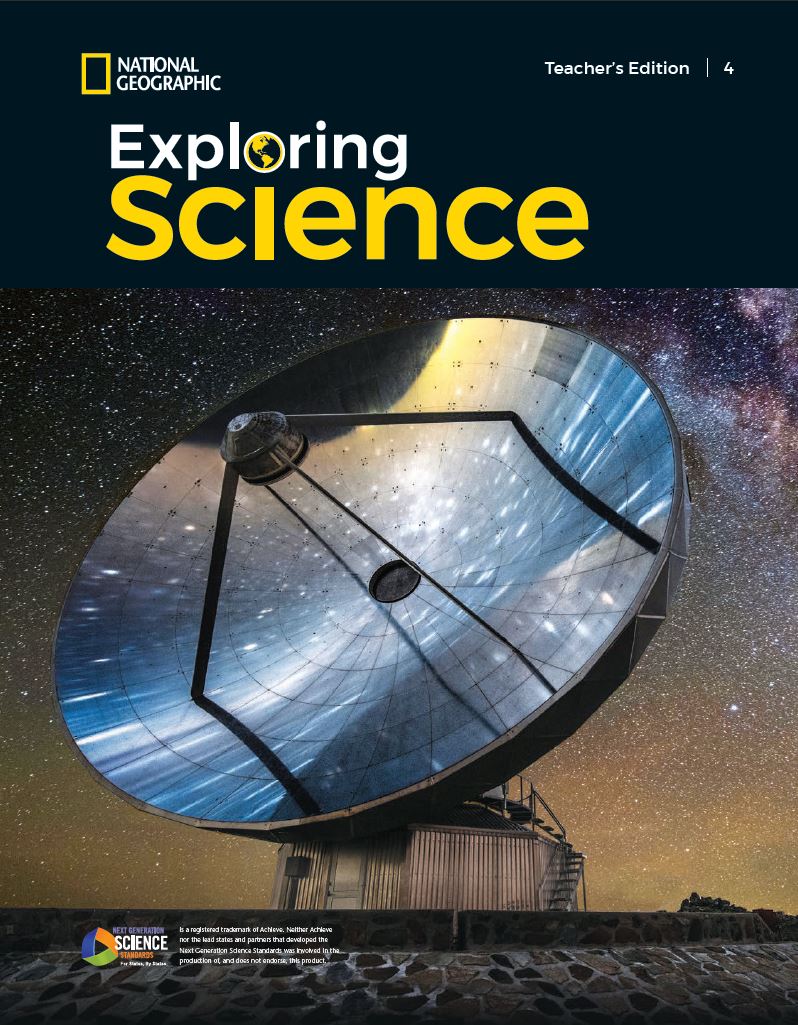
Track Bird Life Teacher's Edition Pages
(excerpt from Grade 4 Exploring Science)
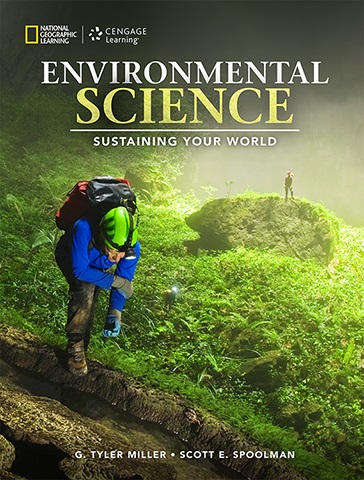
Citizen Science: Of the People, By the People, For the People Student Pages
(excerpt from Environmental Science: Sustaining Your World)
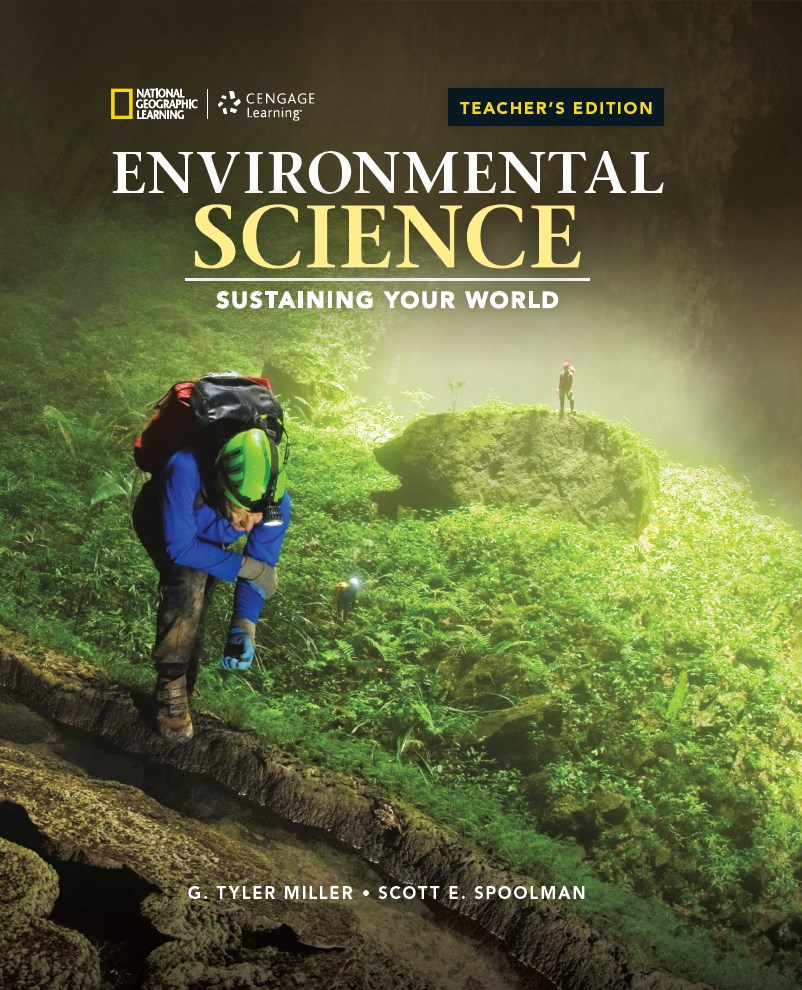
Citizen Science: Of the People, By the People, For the People Teacher's Edition Pages
(excerpt from Environmental Science: Sustaining Your World)
The National Geographic Society’s Education group has a wonderful list of 24 Citizen Science Projects for you to consider that range from classifying galaxy shapes from images on your computer, observing and reporting on bird sightings in urban cities or anywhere else, and listening to frogs in any wetland area near you.
National Geographic also partnered with the California Academy of Sciences to create the iNaturalist App which lets anybody take a picture of any plant or animal, offers help in identifying the species, but also submits that data including time and location of the sighting for scientists to analyze.
These projects are so widely varied in subject and so flexible in their commitment of time (from a few seconds to take a picture in iNaturalist up to a few hours of observations) that there is surely something to interest any young scientist to make observations, learn about their environment, and potentially help scientists make some important new discoveries.
Here are a few other good online resources for finding a Citizen Science project that can engage adults and kids of all ages and advice on how these projects increase educational value.
Official Citizen Science Month Website – great starting place to learn what citizen science is, find a project, or start one of your own!
Citizen Science Toolkit – Great educator resource for integrating citizen science projects into classroom/school settings
How to Help Scientists Without Leaving Home – Atlas Obscura
Fairfax County Public Schools Citizen Science page
Unlocking the Educational Potential of Citizen Science – National Geographic Article
